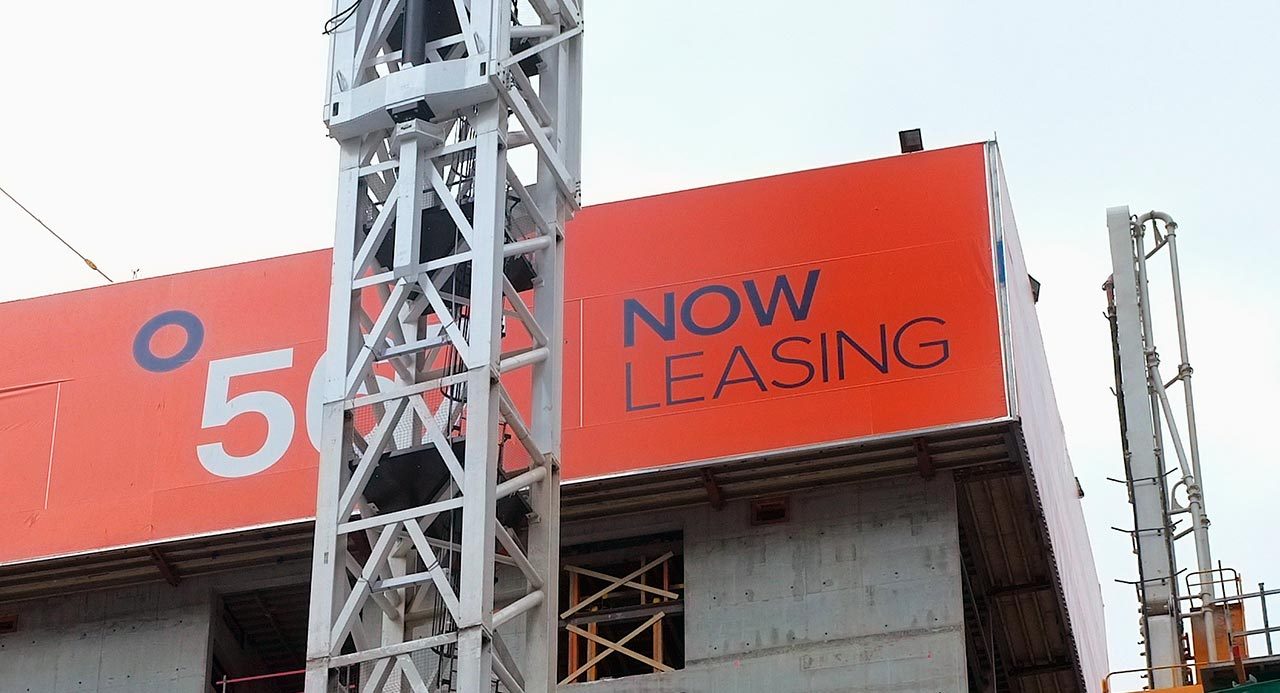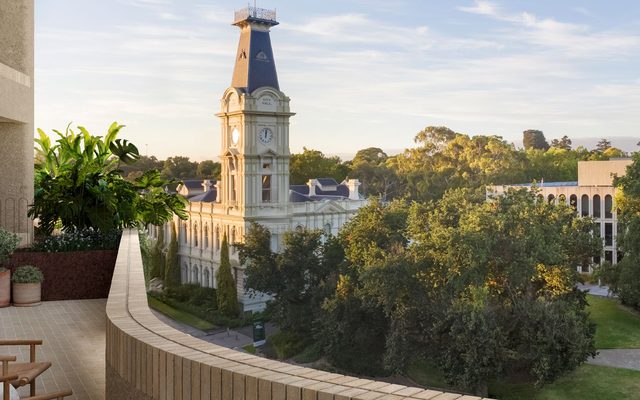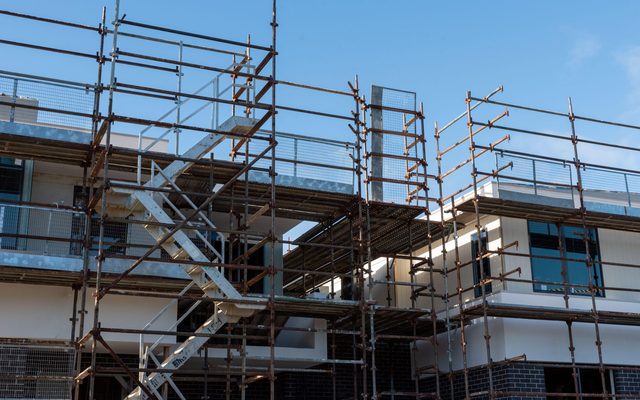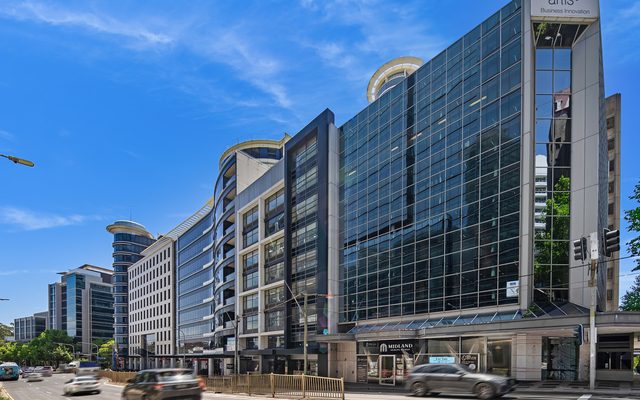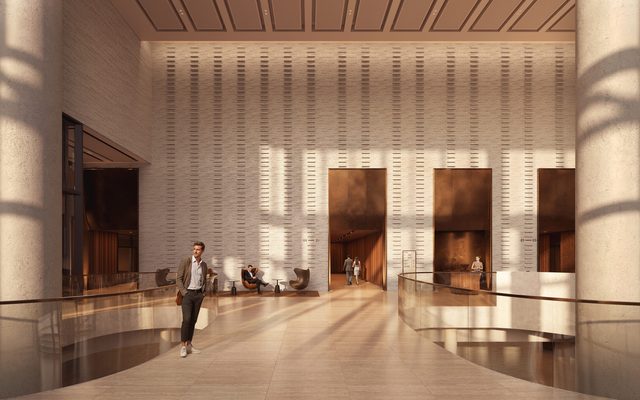This article is from the Australian Property Journal archive
TENANT interest remained elevated for high quality buildings in Australia’s office market in 2023, despite demand remaining flat throughout the year.
According to JLL Research’s data for national office markets from the last quarter of 2023, the aggregated level of occupied stock across Australia’s CBD office markets sat unchanged in 2023 from levels recorded in 2022.
In 2023, the national CBD office market vacancy rate was up by 0.7% to 14.9%, with vacancy rates now at their highest level since 1995.
“Business conditions are mixed across the Australian economy. The variance in business sentiment and conditions are reflected across office markets with strong net absorption results recorded in Perth and Brisbane; while Melbourne and Sydney saw a contraction in occupied stock,” said Andrew Ballantyne, head of research at JLL, Australasia.
“However, the consistent theme across all office markets was strong occupier demand for the best-in-class assets and a willingness to pay a higher rent if the space can be designed in an efficient manner to reduce the cost per employee.”
CBD office markets recorded 148,400sqm of prime net absorption over the year, while for secondary grade assets recorded -148,800 sqm.
The Perth CBD was the strongest performing office market over the year, having recorded 75,400sqm of net absorption across the 12 months, with Perth’s headline vacancy tightening to 17.3%, its lowest level since early 2015.
Over the period, Perth CBD prime gross effective rents were up by 2.4%, with JLL anticipating leasing incentives and prime gross effective rents to increase by around 5.0% in 2024.
“The resource sector is in expansion mode and was very active in the Perth market over 2023,” said Tim O’Connor, head of office leasing at JLL, Australia.
“Furthermore, strong demand for project space supports our view that the sector is planning for expansion over the medium-term.”
The Brisbane CBD saw net absorption of 40,500sqm with vacancy rates dropping to 11.1% over the year.
According to JLL, the Brisbane CBD was one of the world’s strongest performing markets in 2023, with prime gross effective rents increasing by 11.3%.
“The Brisbane market is experiencing strong leasing enquiry and activity from a diverse range of industry sectors,” added O’Connor.
“Occupiers are aware that options are limited with the new developments at 360 Queen Street and 205 North Quay not scheduled to reach practical completion until 2025.”
While in the Adelaide CBD, 2023 saw 46,000sqm of net absorption recorded, which was 3.5x higher than the 25-year average and the city’s strongest result since 2008.
With the city’s prime grade net absorption was at 55,900sqm, while secondary grade assets were at -9,900sqm.
“Adelaide had several landmark office buildings reach practical completion in 2023. However, even with the completion of these buildings, over 65% of Adelaide’s office stock is in excess of 30 years old,” said Ballantyne.
“Occupier demand for high quality office space is strong and we are seeing a significant divergence in the leasing performance of prime and secondary grade assets.”
The Sydney CBD saw a negative net absorption of 64,100sqm over 2023, with the Core precinct recording 23,600sqm of net absorption, with -87,800 sqm for the rest of the city.
“Strong leasing activity in the Core precinct has led to upward pressure on market rents for the best quality buildings, mirroring the trend experienced in other gateway cities,” added Ballantyne.
“In the Sydney CBD, average prime gross effective rents increased by 3.9% over 2023.”
Also in the negative, the Melbourne CBD recorded a net absorption of -71,200sqm over the period.
With Canberra recording a negative net absorption of -27,000sqm. Despite Canberra’s headline vacancy rate remaining the tightest at 7.8% in 2023.
“Headline vacancy statistics can be misleading. If you look across Australia’s CBD office markets, almost two-thirds of vacancy is held in only 17% of buildings. A high proportion of these assets will require significant capital expenditure, or they will experience an extended period of elevated vacancy,” said O’Connor.
“Limited availability for high quality buildings with superior sustainability credentials and a moderation in new supply over the next three years creates an environment for the highest quality assets to see further rental growth.”
